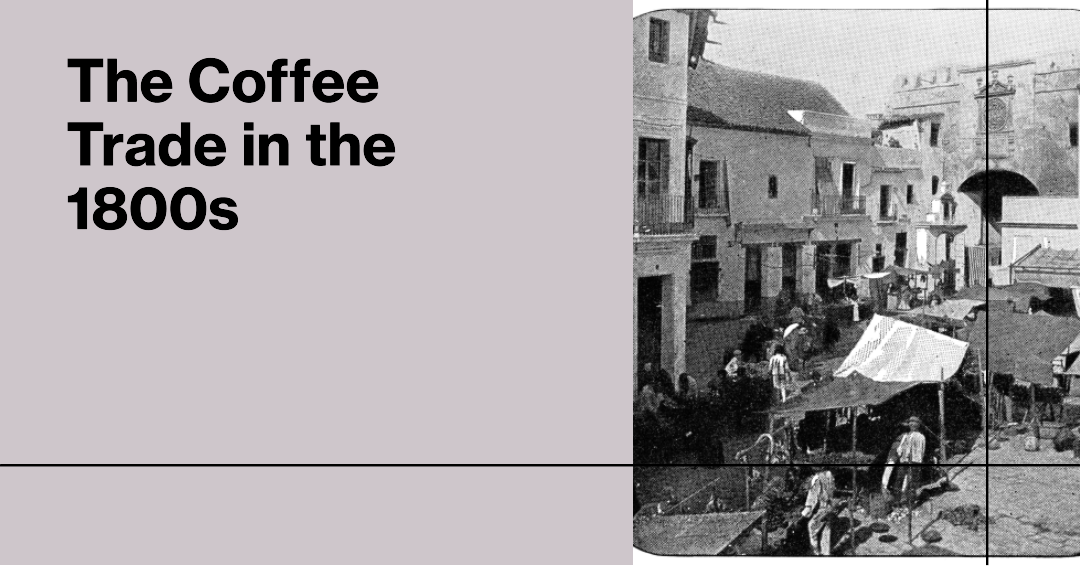Welcome back to the second installment of our exploration into the captivating history of coffee. In this part, we delve into the rise of coffee trade, its expansion across the globe, and the complex legacy of colonialism. Some topics will be expounded upon in later posts.
Mocha: The Birthplace of Commercial Coffee Trade
As the demand for coffee grew, the bustling port of Mocha (thought it was just a flavor, eh?) in Yemen became the epicenter of the first commercial coffee trade. By the 16th century, coffee was making its way to Europe and other parts of the world through these trade routes. The aromatic beans began to captivate the senses of people far beyond the Arabian Peninsula, paving the way for a global obsession.
Global Demand and the Establishment of Coffee Plantations
The 18th century marked a pivotal shift as coffee's popularity led to the establishment of plantations in colonies such as Java, the Caribbean, and South America. However, this expansion came at a cost. The cultivation of coffee required intensive labor, leading to another chapter of colonial exploitation and the use of enslaved laborers to tend to the coffee fields. The coffee trade's growth was intertwined with the troubling history of human exploitation and suffering.
From Beans to Instant: Coffee's Evolution Continues
The 19th century brought innovation to the coffee scene with the birth of instant coffee. This development made coffee more accessible and convenient, catering to a rapidly changing world. Additionally, concerns about the volatility of coffee prices led to the formation of organizations like the International Coffee Organization, aimed at stabilizing prices and promoting fair practices within the industry.
Sustainability and Challenges in the Modern Age
As we approach the modern age, our story takes us to the 20th century, where coffee transformed from a simple beverage to a global cultural phenomenon. Coffee giants like Starbucks emerged, redefining the coffee experience and making it an integral part of daily life for people around the world. Local coffee shops started to become engrained into our local communities. This era also witnessed the rise of Fair Trade movements, advocating for equitable trade practices and better conditions for coffee producers.
However, challenges persist. Now many more challenges have been brought to light the struggles faced by coffee producers, including environmental pressures, climate change, and fluctuating market conditions. The coffee industry is now at a crossroads, where the drive for sustainability and ethical practices is more crucial than ever.
As we conclude Part 2 of our series, we recognize the intricate tapestry of coffee's history, woven with tales of trade, exploitation, innovation, and resilience. Join us for Part 3, where we'll explore coffee's transformation into a symbol of cultural exchange and shared experiences, while also addressing the responsibilities that come with enjoying this beloved brew or ours.

